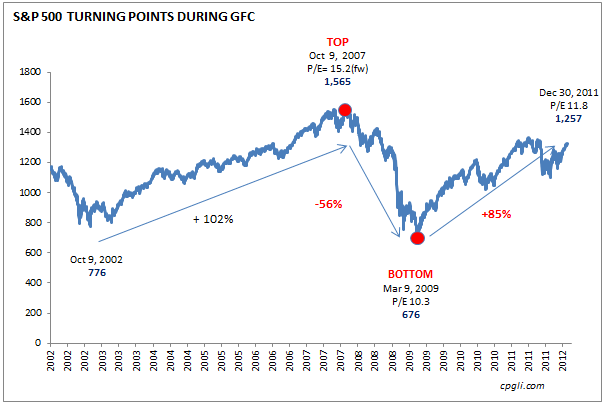
Global crises can come fast and hit hard. Whether it’s a pandemic, an economic collapse, or geopolitical conflict, these events shake international trade—and local exporters often feel the impact first.
From delayed shipments and canceled contracts to rising logistics costs, global disruptions can break supply chains overnight. But with the right strategies, local businesses can not only survive—they can emerge more resilient.
Case 1: The COVID-19 Pandemic – Supply Chain Breakdown
When the world went into lockdown in 2020, factories closed, ports shut down, and demand patterns flipped. For exporters:
- Delays were common due to container shortages and lockdowns
- Shipping costs skyrocketed (up to 4x in some regions)
- Products like food, textiles, and electronics faced major disruptions
Lesson: Exporters learned the need for diversified suppliers, digital logistics, and more localized packaging and storage options.
Case 2: Russia–Ukraine Conflict – Commodity Price Shocks
This war didn’t just affect the two countries involved—it shook entire global markets, especially:
- Grains, sunflower oil, and fertilizers
- Energy prices, which affected shipping and manufacturing globally
Exporters in unrelated countries faced higher input costs and unstable buyer behavior.
Lesson: Global crises—even regional ones—can ripple through prices and availability, forcing exporters to rethink pricing and sourcing.
Case 3: Global Inflation – Weakening Buying Power
With inflation rising in many countries, especially in 2022–2024, importers reduced orders or sought cheaper alternatives. This hit exporters of:
- Non-essential goods (fashion, crafts, lifestyle products)
- Premium products that became less competitive in tight markets
Lesson: Exporters must be agile in pricing, packaging, and product variants to remain attractive even during downturns.
Common Impacts on Local Exporters
- Unstable Demand: Buyers delay or cancel orders.
- Rising Operational Costs: Shipping, raw materials, and fuel become more expensive.
- Tighter Regulations: New barriers or temporary bans appear overnight.
- Currency Volatility: Fluctuating exchange rates affect profit margins.
How Local Exporters Can Prepare
- Diversify Markets: Don’t depend on one region.
- Digitize Operations: Use digital platforms for faster coordination and tracking.
- Build Emergency Stock: For critical supplies or packaging.
- Hedge Currency Risk: Especially when dealing with high-volume or long-term contracts.
- Stay Informed: Subscribe to international trade alerts or partner with export associations.
Conclusion
Global crises are unpredictable—but their impact on local exporters is very real. The businesses that endure are not the biggest, but the most adaptable. By staying informed, building flexibility into your operations, and preparing for disruptions, your business can stay afloat even when the global tide turns rough.














